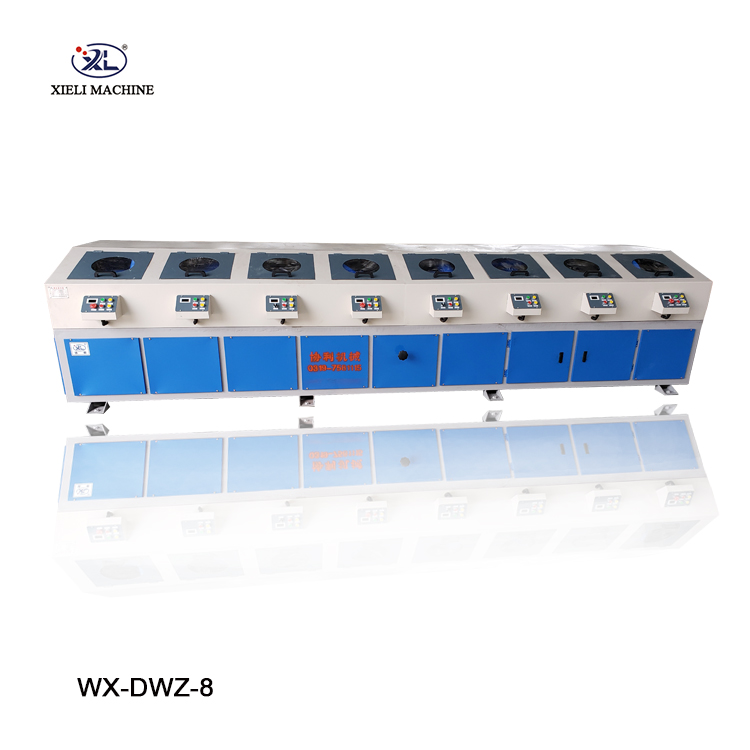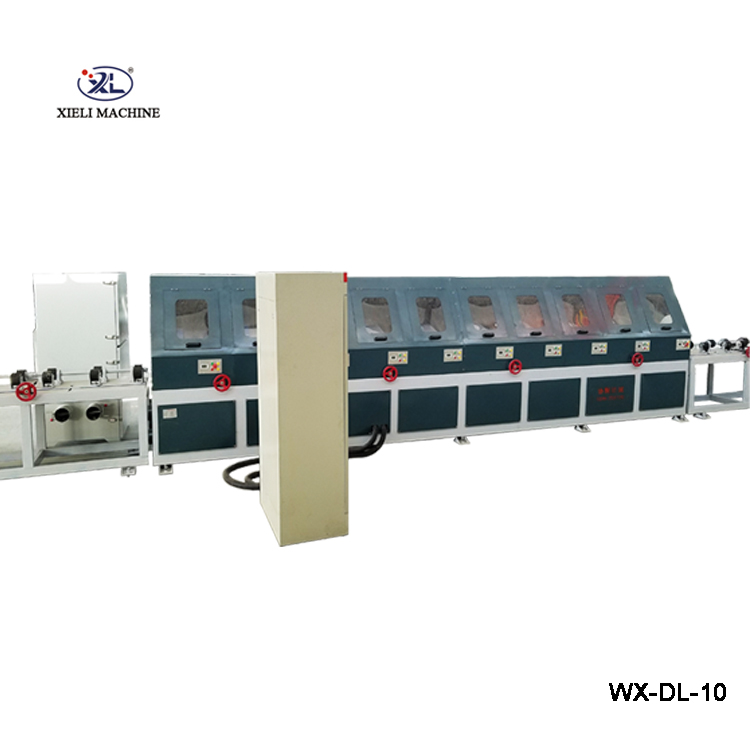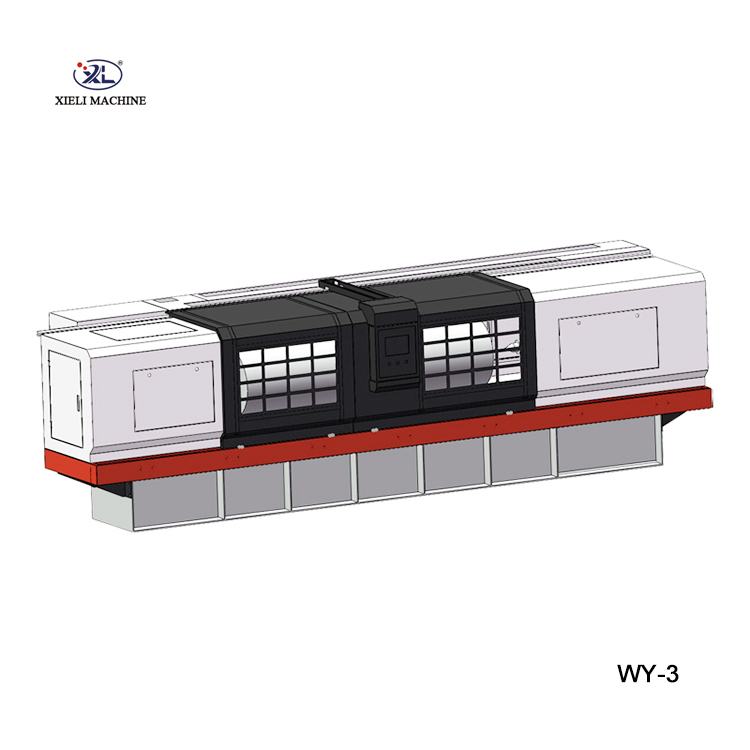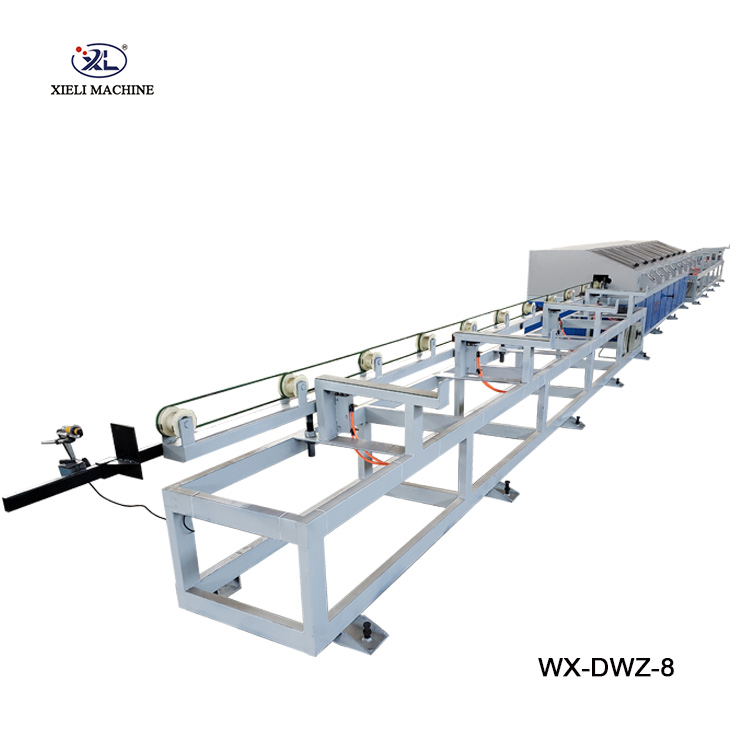The Working Principle of Centerless Grinding Machines
Centerless grinding is a manufacturing process that is widely used for producing precise cylindrical parts by eliminating the need for a center hole in the workpiece. This technique allows for high efficiency and consistent dimensional accuracy, making it a preferred choice in many industrial applications. The workings of a centerless grinding machine are based on a few simple principles that involve both the machine’s design and its operational methods.
At the heart of a centerless grinding machine are three key components the grinding wheel, the regulating wheel, and the workpiece. The grinding wheel is the primary tool for removal of material. It rotates at a high speed to grind away the surface of the workpiece, which is held in place by the regulating wheel. The regulating wheel is positioned at an angle, allowing it to not only guide the workpiece but also control its rotation and speed.
The process begins with the workpiece placed on a work rest blade, which helps support the part during the grinding process. The work rest blade is crucial as it provides stability and ensures that the workpiece remains in contact with the regulating wheel and grinding wheel while preventing any unwanted movement.
As the machine operates, the regulating wheel turns the workpiece while simultaneously guiding it through the grinding zone. The angle of this wheel is essential as it determines the amount of pressure applied to the workpiece and can be adjusted based on the required grinding specifications. This pressure is significant as it aids in maintaining the correct positioning and allows for consistent grinding across the entire length of the part.
working principle of centerless grinding machine

A key advantage of centerless grinding is that it supports continuous work on multiple pieces without the need for reloading. Once loaded, the workpieces are kept aligned and can be automatically advanced through the grinding area. This continuous operation not only saves time but also enhances productivity, making it suitable for high-volume production environments.
Furthermore, the centerless grinding process is advantageous because it eliminates the need for a core or center hole, allowing for the processing of long and heavy workpieces that are often difficult to handle with traditional grinding methods. This flexibility enables manufacturers to adapt to various workpiece sizes and shapes without significant alterations to the machinery.
Another critical aspect of centerless grinding machines is the coolant application, which is used to minimize heat generated during the grinding process. Excessive heat can lead to thermal deformation of the workpiece and can impact the finish quality. The coolant lubricates the contact points and assists in keeping the temperatures down, contributing to the machine's efficiency and effectiveness.
In summary, the working principle of centerless grinding machines revolves around the interplay between the grinding wheel, regulating wheel, and work rest blade. With its capacity for high-volume production, flexibility in handling different sizes and shapes of workpieces, and ability to maintain precision, centerless grinding stands out as a vital method in modern manufacturing processes. This technique continues to evolve, leveraging advancements in technology to improve accuracy, efficiency, and overall output, solidifying its position in the industrial landscape.





